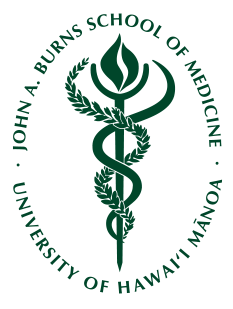 Since 1965, the John A. Burns School of Medicine has kept its promise to develop a top-notch educational institution and well-functioning research enterprise for the greater health of the people of Hawaiʻi and the Pacific. JABSOM is a critical partner in the effort of the State of Hawaiʻi to address healthcare needs with our outstanding private and public healthcare partners. Its problem-based learning curriculum, community-based medicine program, and clinical instruction through affiliated community hospitals and clinics are some of its special features and opportunities. In addition, our mid-Pacific location fosters connections with the Pacific island nations and Asia, and together with the State’s multi-ethnic, multi-cultural population, JABSOM has a distinctive place in healthcare for our state and beyond. JABSOM is among the most culturally and ethnically diverse medical schools in the country. The School strives to build on its historical role in expanding opportunities for women, minorities, Native Hawaiian and Pacific Islanders, and the socio-economically disadvantaged.
Since 1965, the John A. Burns School of Medicine has kept its promise to develop a top-notch educational institution and well-functioning research enterprise for the greater health of the people of Hawaiʻi and the Pacific. JABSOM is a critical partner in the effort of the State of Hawaiʻi to address healthcare needs with our outstanding private and public healthcare partners. Its problem-based learning curriculum, community-based medicine program, and clinical instruction through affiliated community hospitals and clinics are some of its special features and opportunities. In addition, our mid-Pacific location fosters connections with the Pacific island nations and Asia, and together with the State’s multi-ethnic, multi-cultural population, JABSOM has a distinctive place in healthcare for our state and beyond. JABSOM is among the most culturally and ethnically diverse medical schools in the country. The School strives to build on its historical role in expanding opportunities for women, minorities, Native Hawaiian and Pacific Islanders, and the socio-economically disadvantaged.
The University of Hawaiʻi medical school is one of the top institutions for primary care. The U.S. News and World Report has listed JABSOM as 16th in the nation for primary care in its 2023 “Best Medical Schools” rankings– the fourth time in six years that JABSOM has made the top 25 in primary care.
![]()
Medical Students
MD Students Total Enrolled: 320
Approximate Annual MD applicants: 2,380
MD New Entrants First-Year Class: 77
Medical School Alumni (MD and Resident): > 4,000
ʻImi Hoʻōla Post-Baccalaureate Program: 12![]()
Graduate Students - Master of Science (MS) or Doctor of Philosophy (PhD)
Biomedical Sciences (Tropical Medicine) (MS, PhD): 10, 14
Cell & Molecular Biology (MS, PhD): 9, 19
Quantitative Health and Clinical Translational Research (MS): 6
Developmental & Reproductive Biology (MS, PhD): 5, 10
Communication Sciences & Disorders (MS): 21
![]()
Bachelor of Science (BS) or Other Programs and Certificates
Medical Technology (BS): 26
Medical Technology Post-Baccalaureate Program: 24
Graduate Certificate in Tropical Medicine (GCERT): 9
Graduate Certificate in Clinical Research (GCERT): 5
Graduate Medical Education Residents and Fellows: 228
About half of all practicing physicians in Hawaiʻi are graduates of the JABSOM MD program, one its residency or fellowship programs or are faculty members. To date, more than 4,000 medical doctors have earned their degree or completed Residency (post-MD) Training through JABSOM.
1/3 of all babies born in Hawaiʻi each year are delivered by JABSOM faculty, including virtually all high risk births and those of financially needy families.
Nearly 90% of JABSOM medical students are kamaʻaina, born in Hawaiʻi.
JABSOM ranks #1 in the nation by the Association of American Medical Colleges in retention of combined MD and Resident alumni practicing in-state. Nearly half of the physicians in Hawaiʻi earned their medical degree or completed their residency at JABSOM or currently serve as faculty.
![]()
Full-time faculty employed by JABSOM alone or in combination with an affiliated academic faculty practice: 252
Full-time Faculty (Basic Sciences): 43
Full-time Faculty (Clinical Program): 209
Part-time Faculty (Basic Sciences): 2
Part-time Faculty (Clinical Program): 65
Volunteer Faculty (Basic Sciences): 5
Volunteer Faculty (Clinical Program): 1,695
![]()
JABSOM is accredited by the Liaison Committee on Medical Education (LCME). In 2017, JABSOM’s MD program received an eight-year accreditation – the maximum possible. JABSOM as the Sponsoring Institution and its 19 Graduate Medical Education (Residency or Fellowship Training) programs are all fully accredited by the Accreditation Council for Graduate Medical Education. Our Communication Sciences and Disorders program produces Speech-Language Pathologists. This program is accredited by the Council on Academic Accreditation in Audiology and Speech-Language Pathology of the American Speech-Language-Hearing Association (ASHA).
Our Medical Laboratory Scientists undergraduate program produces Medical Technologists eligible for certification. The Medical Technology program is accredited by the National Accrediting Agency for Clinical Laboratory Sciences (NAACLS).
If you would like to verify JABSOM's LCME accreditation status, please go to https://lcme.org/contact/ o
Veronica M. Catanese, MD, MBA
LCME Co-Secretary and Senior Director, Accreditation Services
Barbara Barzansky, PhD, MHPE
LCME Co-Secretary and Director, Undergraduate Medical Education
Robert B. Hash, MD, MBA
Assistant LCME Secretary and Associate Director, Undergraduate Medical Education
![]()
The UH JABSOM is a LCME-accredited community-based medical school. A community-based medical school partners with community hospitals to achieve its educational mission, rather than having a traditional university hospital that is integrated with the school. This follows the “community-based” movement that supports the belief that medical education focuses largely on the needs of the community where students are provided opportunities to interact with and learn from people from a wide range of social, cultural, and ethnic backgrounds.
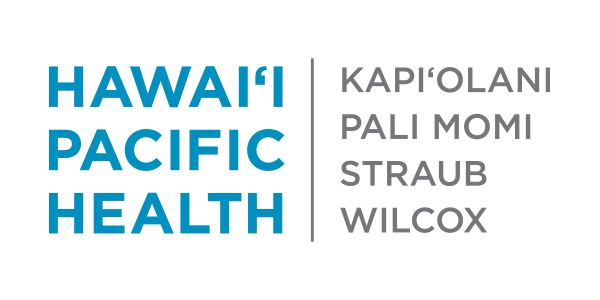

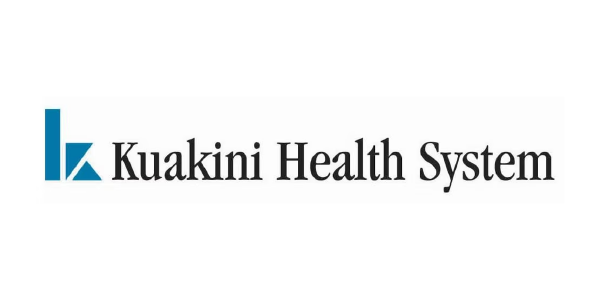
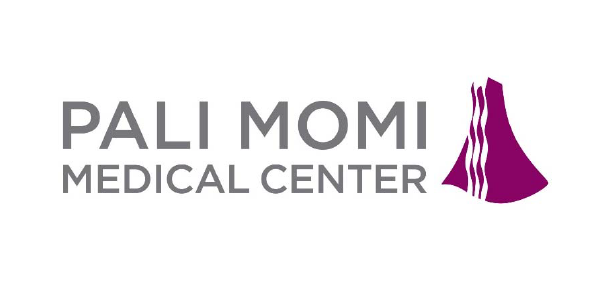
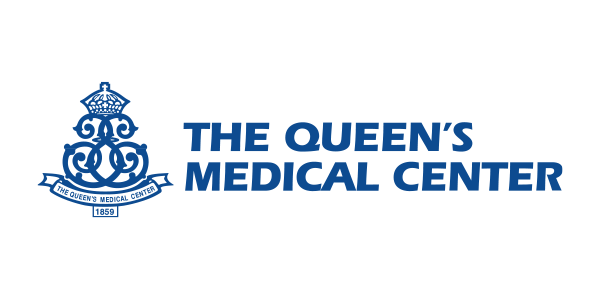
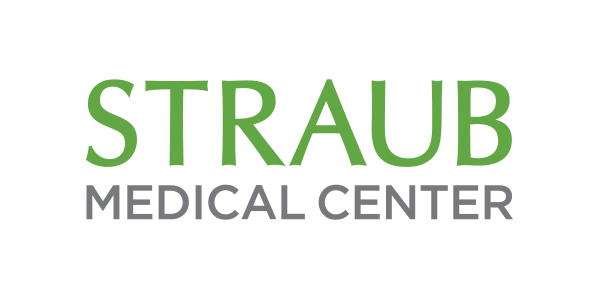
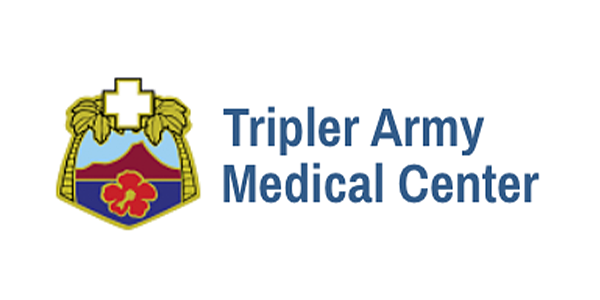
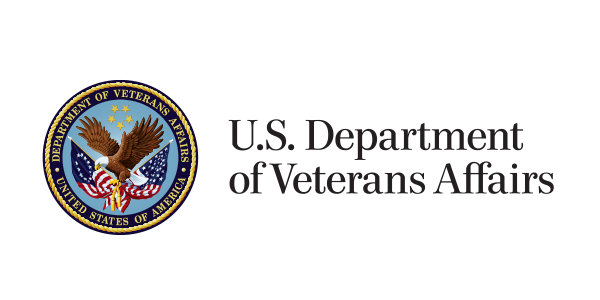
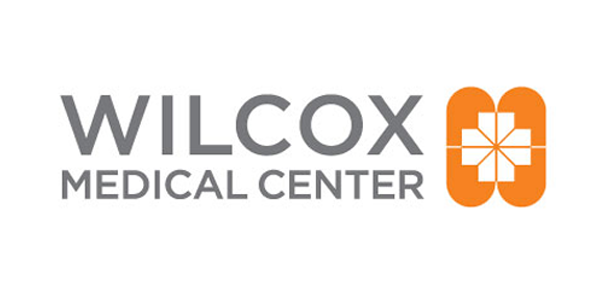
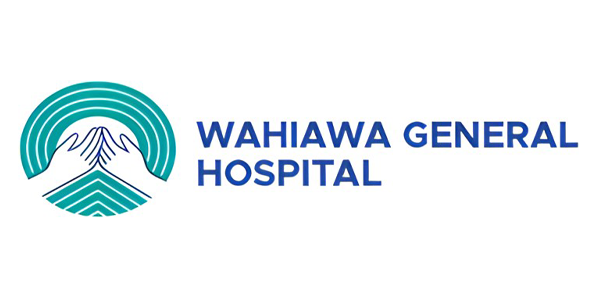
![]()
JABSOM’s Pacific location has encouraged a research focus in human fertility, human heredity, comparative genetics, evolution theory, infectious disease, heart disease, metabolic diseases, neurological disorders, aging, mental health, HIV/AIDS, pharmacology, cross cultural Psychiatry, Native Hawaiian health and medicine, cancer prevention and control, and many others. JABSOM is also known for leadership in reproductive and developmental biology, including mammalian cloning.
Research efforts are targeted toward eliminating the health disparities which disproportionately burden several ethnic groups within our multicultural population. JABSOM researchers strive for answers that can rapidly be transferred to medical settings to improve patient care. Annually, JABSOM secures approximately $50 million in external funding, most of it for research, from the National Institutes of Health. JABSOM research ranks 81 out of 138 U.S. medical schools in the 2023-24 U.S. News & World Report.
![]()
Full-time faculty employed by JABSOM alone or in combination with an affiliated academic faculty practice: 252
Full-time Faculty (Basic Sciences): 43
Full-time Faculty (Clinical Program): 209
Part-time Faculty (Basic Sciences): 2
Part-time Faculty (Clinical Program): 65
Volunteer Faculty (Basic Sciences): 5
Volunteer Faculty (Clinical Program): 1,695